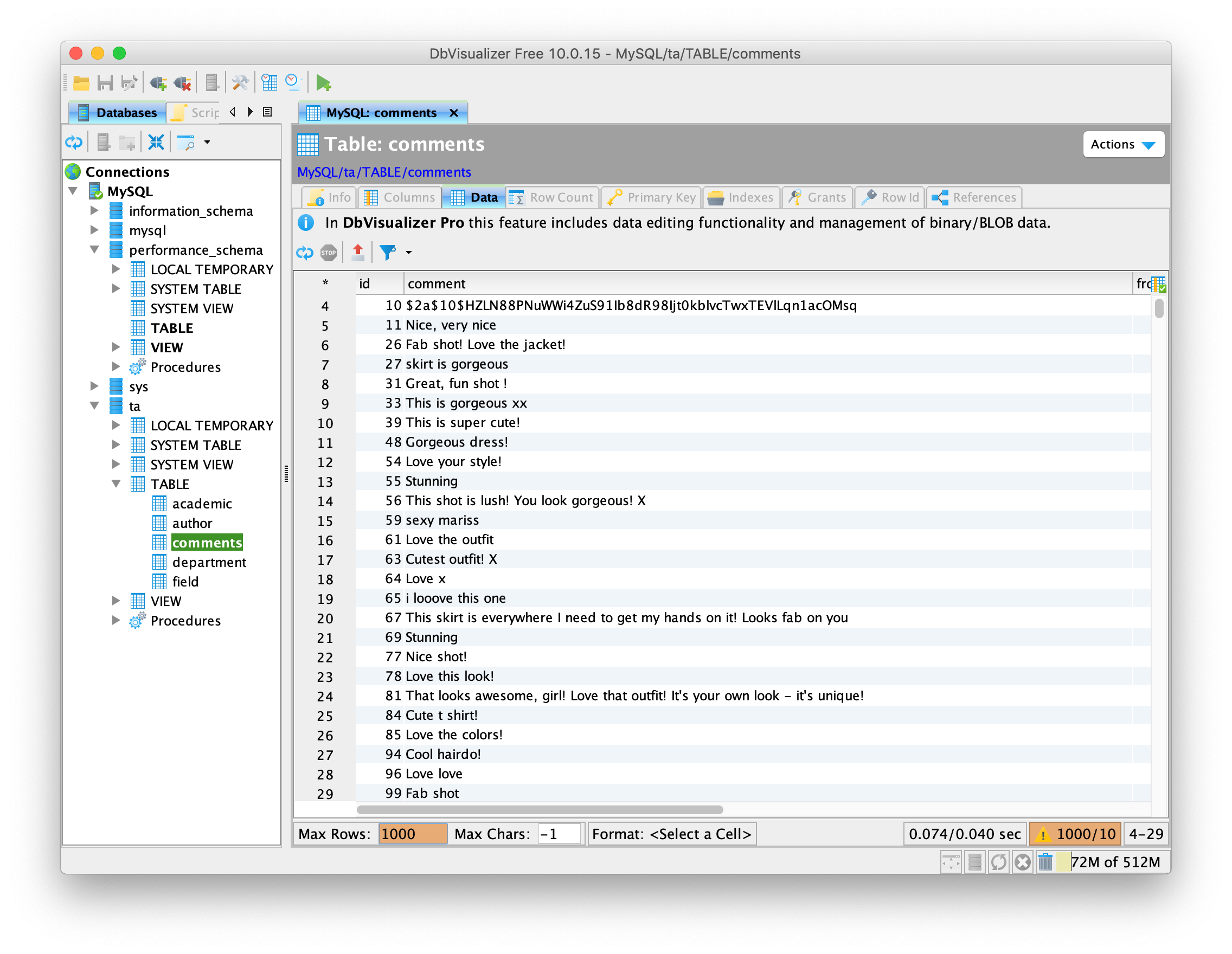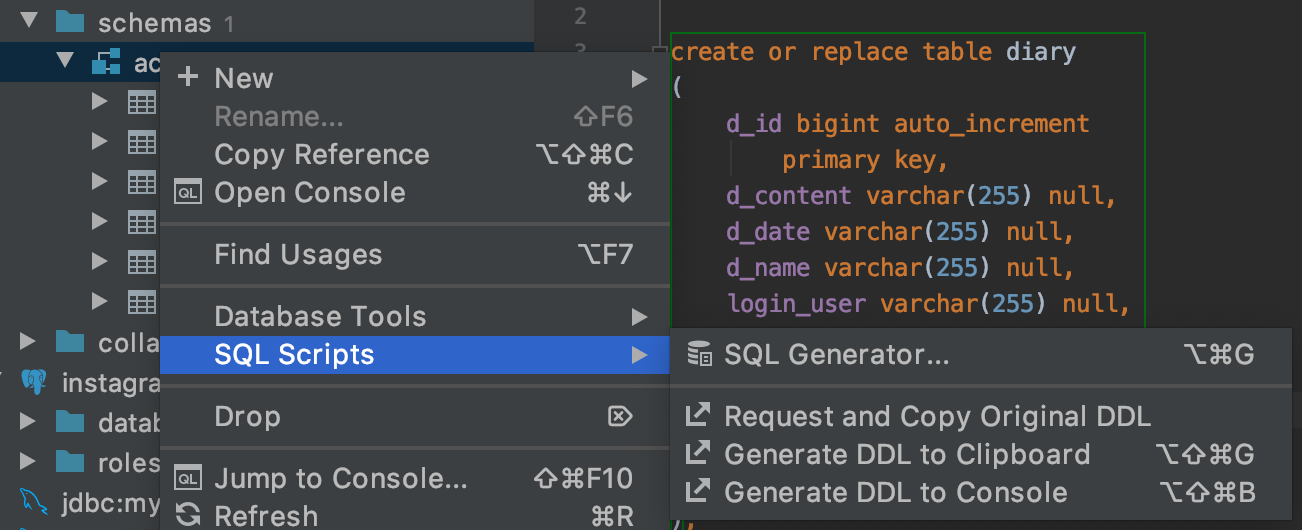

Open the Export Wizard and choose SQL as the export format. Moving data from collections to tables? MongoDB to SQL Migration lets you export MongoDB collections directly to a SQL database or file and configure MongoDB to SQL mappings before export. To view the export file, right-click on an export in the same window and choose Open in File Explorer (Windows, Linux) or Reveal in Finder (macOS). You can track your JSON export’s progress in the Operations window, on the bottom-left hand corner. Once your unit is export-ready, click on Execute to run the export immediately.Īlternatively, run multiple JSON exports at once by adding more export units, or save the JSON export as a task, which you can then schedule to run later. Switch to the Export overview tab to configure global export options. Output preview – Click on the arrow to display the JSON preview, which dynamically updates as you configure the export settings.

Other options – Choose to export with commas between documents, or export as document array.ĥ. Select target – Select between clipboard or file, and define the file path as needed.Ĥ. JSON mongoexport produces a JSON format that the mongoexport tool generates.ģ.

JSON mongo shell/Studio 3T exports a collection to a rich, type-conserving collection.json file, in the JSON format used in the mongo shell, which makes for an easy paste job. What’s the difference between the two JSON format options? Format options – Choose between JSON mongo shell/Studio 3T or JSON mongoexport.You don’t need to go back to the original query to edit it – you can do so edit directly in the Query bar. In this example, we will export the current query result of the find() query. This screen below will appear if you haven’t chosen an item in the Connection Tree, run a previous query, or selected specific documents. Open the Export Wizard and choose your export source.
DATAGRIP EXPORT DATA DOWNLOAD
Ready to export? Download the latest Studio 3T version here. Right-click on an export in the same window and choose Open in File Explorer (Windows, Linux) or Reveal in Finder (macOS). To track your export’s progress, check the Operations window on the bottom-left hand corner.įrom here you can also directly view the export file. To save time, you can save your CSV export as a task, which you can then schedule to run later. You can also run multiple CSV exports at once by adding more export units. To configure global export options, go to the Export overview tab.Īfter configuring the export, you can run the export immediately by clicking on Execute in the toolbar. Output preview – Click on the arrow button to expand the preview of the CSV file.
DATAGRIP EXPORT DATA HOW TO
Other options – Configure non-formatting settings like how to treat null values, column headers, etc.Ħ. CSV format – Configure settings like preset, delimit, record separator, etc.ĥ.
DATAGRIP EXPORT DATA FULL
To detect all fields, you can click on Full scan – which might take some time – or manually add the missing fields by clicking on Add custom field.Ĭlick Finish. Studio 3T performs a partial scan of 100 documents to automatically detect fields within your collection. Next, choose CSV as the export format then click Next. This screen only appears if you haven’t chosen an item in the Connection Tree, run a previous query, or selected specific documents. Open the Export Wizard and select your export source. Save the export as a task, which you can execute on-demand or schedule for later.The current query result of a find() or aggregation queryįor all exports, you can choose one of six actions from the toolbar:.With Studio 3T, you can export the following throughout the application: Or right-click anywhere on a Result tab (Collection Tab, SQL Query, IntelliShell), or any input or output panel in Aggregation Editor and choose Export. Once c onnected to a MongoDB database, open the Export Wizard by clicking on Export in the Global Toolbar.Īlternatively, you can right-click on any server, database, or collection in the Connection Tree and choose Export (Collections, Buckets, Views). Looking to import, not export? Use the Import Wizard instead to import data from CSV, JSON, BSON/mongodump, SQL, and another collection to MongoDB.


 0 kommentar(er)
0 kommentar(er)
